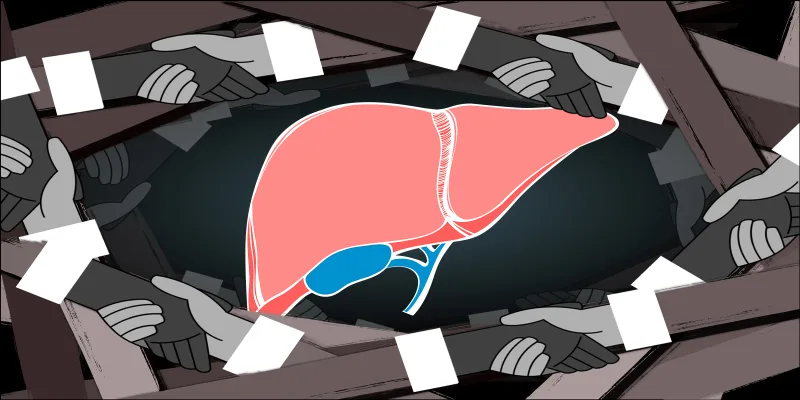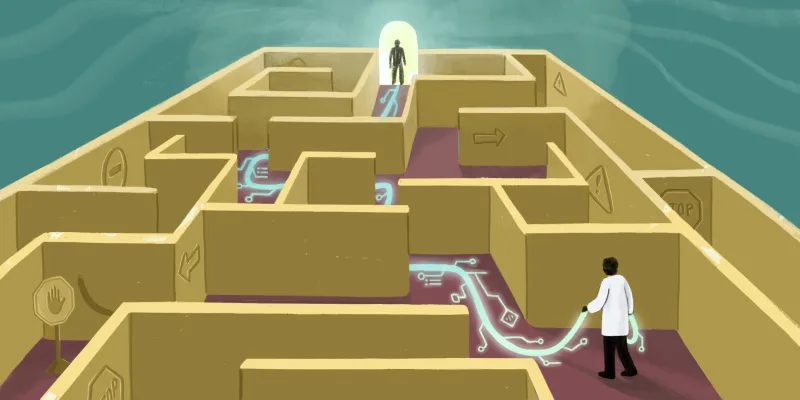We are just days away from one of the most anticipated Hematology meeting – the 64th American Society of Hematology (ASH) annual meeting. Hematologist and basic scientist from all around the world will be flying into New Orleans to hear exciting and ground-breaking research in hematologic malignancies and disorders. I will be among them [6 feet apart and wearing a mask] learning about recent advances in the field, networking, collaborating with colleagues and getting some beigent and coffee from Café de Monde. This year, several of the abstracts presented are likely to be practice changing. Here I plan to outline some of the abstracts I am most interested in learning more about.
Are we ready to change our graft versus host disease (GVHD) prophylaxis strategy?
The late breaking abstract (LBA-4) by Holton et al may change our approach to graft versus host disease (GvHD) prophylaxis in patients undergoing reduced intensity allogeneic transplant for those with a matched related and matched unrelated donors. In this abstract they demonstrated that GvHD prophylaxis with post-transplant cyclophosphamide (PTCy), tacrolimus and mycophenolate mofetil versus the standard of care tacrolimus and methotrexate resulted in superior GvHD/relapse free/progression free survival (GRFS). This was due to reduction in both acute and chronic GvHD in the PTCy arm. However, it should be noted that there was no difference in the 1 year overall survival (OS) and progress rate in both arms. Furthermore, there were more grade II infections in the PTCy arm while grade III infectious risk were similar in both arms.
Salas et al. Abstract 2082 demonstrated similar results in a retrospective analysis of 272 adults with hematologic malignancies undergoing allogeneic transplantation using a matched sibling donor (MSD) or matched unrelated donor. In their cohort 35% of patient received PTCy/Tacrolimus based GvHD prophylaxis with 65% having a non-PTCy based GVHD prophylaxis. In this analysis they demonstrated significant improvements in cumulative incidence (CI) at day +100 of Grade II-IV aGVHD, Grade III-IV acute GvHD an improved 2-year CI of cGVHD in favor of PTCy based prophylaxis. This study demonstrated an improvement in 2 -year OS with PTCy prophylaxis as well as a significant improvement in GRFS. Of note PTCy was associated with a higher CI of blood stream infections compared to non-PTCy.
In Abstract 2063 Salas et al demonstrated that GvHD prophylaxis with PTCy was associated with higher rate of blood stream infections in the peri-engraftment period compared to other GvHD porphylaxis. There was also a higher rate of BK hemorrhagic cystitis and human herpes virus 6 (HHV6) infections. Rates of CMV reactivation were similar between the two groups.
Should we add blinatumomab to consolidation therapy in patients with B-cell acute lymphoblastic leukemia (ALL)
Litzow et al. will be presenting the results of the ECOG-ACRIN looking at the role of blinatumomab in consolidation in newly diagnosed B-cell ALL in a measurable residual disease (MRD) negative remission. Here they randomized patients aged 30-70 years who attained an MRD negative remission following an extended remission induction to consolidation with 4 cycles of blinatumomab with chemotherapy versus chemotherapy only. Consolidation with blinatumomab was associated with significant improvement in OS (Median OS not reached versus 71.4 months for chemotherapy only p=0.003).
Similarly in Paper Number 211 Boissel et al demonstrated that in patients with high risk B-cell ALL (defined as presence of the KMT2A-rearrangement, IKZF1 intrageneic deletion and post induction MRD = 10-4) there is a lower incidence of relapse and a prolonged disease free survival benefit in the blinatumomab arm compared to chemotherapy consolidation.
Should we be adding Ibrutinib in the front-line setting in the treatment of young patients with mantle cell lymphoma (MCL)?
In the plenary session, Dreylin et al on behalf of the European MCL Network will present the results of the TRIANGLE study. Patients with newly diagnosed grade II-IV mantle cell lymphoma, who were less than 65 years old and suitable for high dose chemotherapy were randomized in 1:1:1 into 3 trial arms. These arms included chemoimmunotherapy (Arm A-SOC), chemoimmunotherapy plus ibrutinib (A+I, I). Transplant was planned for patients in Arm A and A+I who responded to the chemoimmunotherapy. Addition of ibrutinib to chemo-immunotherapy and autotransplant (A) was superior to SOC in terms of failure free survival at 3 years. SOC failed to show superiority over ibrutinib without transplantation. From this we can expect a new standard of care with the addition of ibrutinib to frontline management of young patients with MCL.
There are several other innovative and interesting presentation and abstracts that I hope to attend at ASH. The plenary session and late breaking abstracts are a must see. When making your travel arrangements be sure to stay until Tuesday afternoon since you would not to miss the Best of ASH.
Dr. Ramlal has no conflicts of interest to report.
Illustration by April Brust







